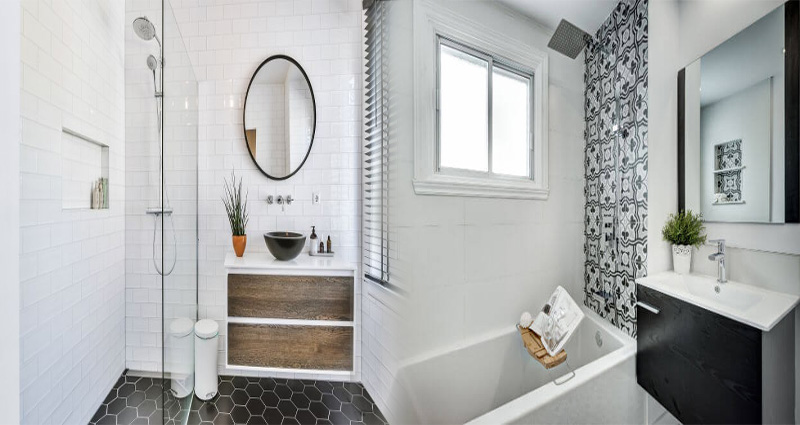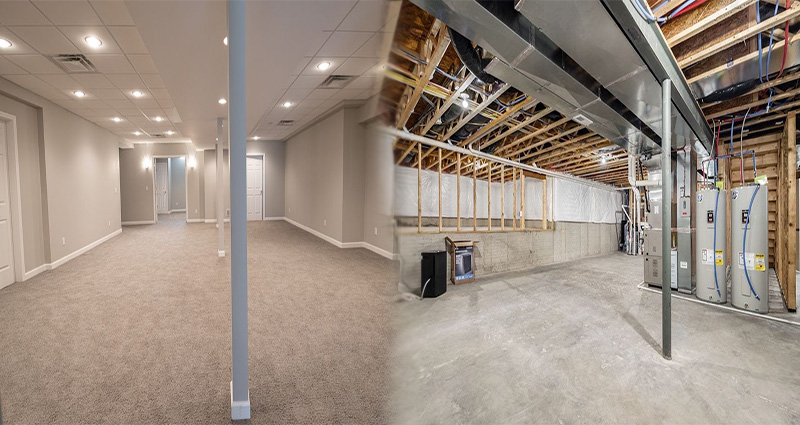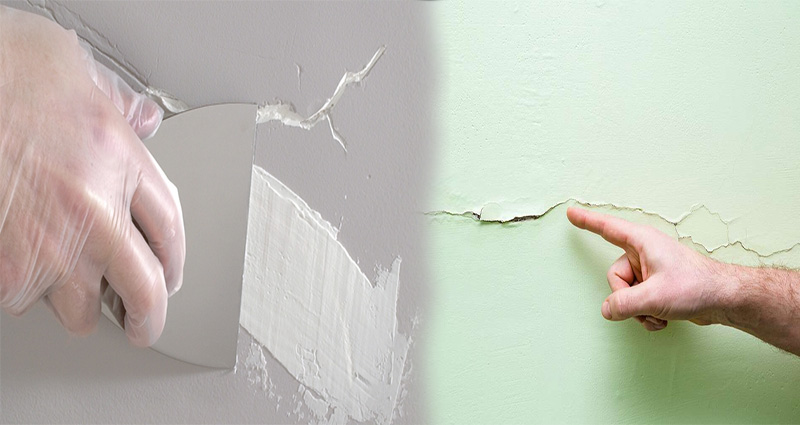Budgeting Tips for a Bathroom Renovation
If you’re considering a bathroom renovation, you’ve probably heard that it’s one of the most expensive home improvement projects. It can also be one of the most rewarding — if you budget wisely and choose materials carefully. Consider these tips to help save money and make sure your bathroom renovation stays within budget:
Start with a budget.
The first thing you should do is create a budget. A good one will help you prioritize what needs to be done in the bathroom and how much money you have to spend on each item. It will also help keep track of where all that money is going, which can be helpful when it comes time to make decisions about whether or not something is worth spending more money on or if there are other ways around it.
Finally, having a budget means having less chance of overspending during renovations because every decision has been made by looking at how much each option costs before moving forward with any ideas for improvement or change (or even just cleaning).
Consider your needs.
When you’re planning a bathroom renovation, it’s important to consider your needs. You need to know what kind of lighting will work best for you and your family. Do you want a walk-in shower or tub? Do you have any mobility issues that would make access difficult? What kind of flooring would be most comfortable on your feet?
Once you’ve taken stock of all these factors, it’s time to start thinking … READ MORE >>>













